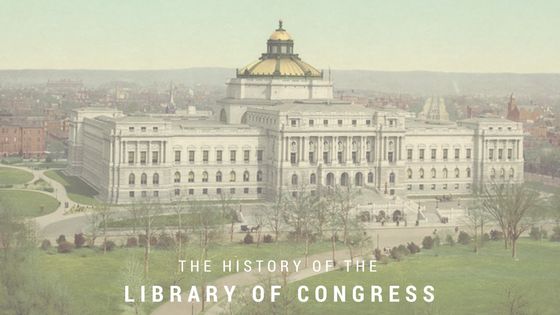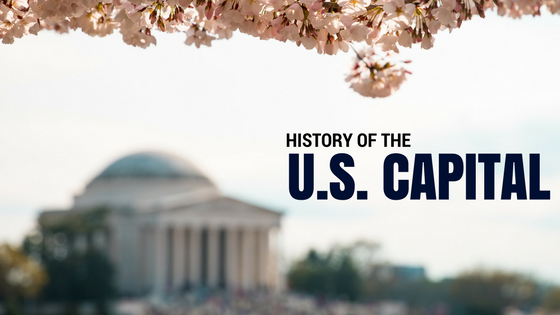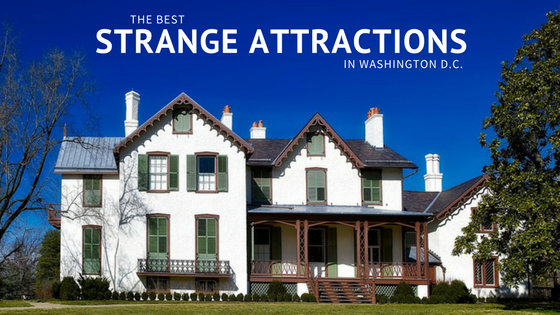Original article appeared at http://johnchwat.com/how-the-lincoln-memorial-was-built/
One of the most iconic memorials in DC is the massive Lincoln memorial sitting across the Reflecting Pool in the heart of the capital. The process of creating this monument was, of course, highly complex and constructed in multiple phases.
The ground was first broken for the foundation in 1914, on February 12. The land had to be drained and filled in order to create a successful foundation. The sub-foundation is comprised of 122 solid concrete piers with steel reinforcement rods anchored down. By May 1915–a little over a year from the groundbreaking–the foundational work was completed.
Prior that year work had begun on the main structure, and the circular mount landscaping for the memorial was constructed. Work continued until the United States entered World War I in April 1917, resulting in a slowing of the process due to labor and material shortages.
When the process expedited again, it was decided that the statue of Abraham Lincoln would have to double in size so as to not be overpowered by the building. This required steel struts to be added beneath to floor to support the weight.
The actual body of the memorial was constructed from a wide variety of stones, adding both texture and interest point in the variance. The floor is comprised of a pink Tennessee marble, the ceiling is made of Alabama marble, column marble from Colorado, Interior walls and columns from Indiana, and more from different regions of the United States. This decision was undoubtedly a symbolic one, representing a physical space where all regions contributed in a singular locus.
The memorial is also fitted with the number of scenic depictions commemorating certain events. The tops of the north and south walls were painted with murals, and beneath the paintings scenes of the Gettysburg Address and the Second Inaugural were carved into stone.
Finally, in January 1920, the statue of Lincoln was completed, forming the most defining feature of the memorial itself. Roadways and walkways were built to make the site more accessible, and it was decorated with surrounding trees, shrubbery, and more.
At last, work began on the Reflecting Pool, the large rectangular pool of water forming the space between the Lincoln Memorial and the Washington Monument. This was not completed for a few years after the Lincoln Memorial was opened. This memorial is still one that is highly symbolic and memorializes facets of United States history and can be expected to do so for the future generations to come.














